Wax mealybug | Venezuela
 The females create a waxy cocoon, similar to a snail. The females create a waxy cocoon, similar to a snail. |
|---|
Greetings, CCS biodiversity observers, I'm sharing another invertebrate observation. I made an observation during my own research, given the small size of these little creatures.
I found them on a potted papyrus plant. I noticed some small formations that, at first glance, looked like tiny white snails stuck to the leaves and stems. But something was strange: they didn't move at all; day after day, I saw them in the same place. My curiosity got the better of me, and Google Lens was my first stop. Surprised, they turned out to be insects.

Close Up . I thought they were snails (mollusks), but they turned out to be insects.

Habitat and behavior.

Clasification

Info: |
|---|
| Equipment: | Umidigi Cell Phone A7S Camera |
| Mode: | Macro Mode. Layer: 3:4 |
| Author: | @joslud |
| Edition: | Lightroom |
| Location: | intdoor |
| Date: | Wed, Sep/10/ 25 |
| In Inaturalist.org | Coordenadas: 9.1529166667, -70.6938166111 género Ceroplastes by @joslud |
See you soon
Sources
Images
- Images and screenshots are my property. Taken with my UMIDIGI phone. Also based on screenshots on Steemit.
- [2] Coccoidea in Wikipedia

 Original production by @joslud |
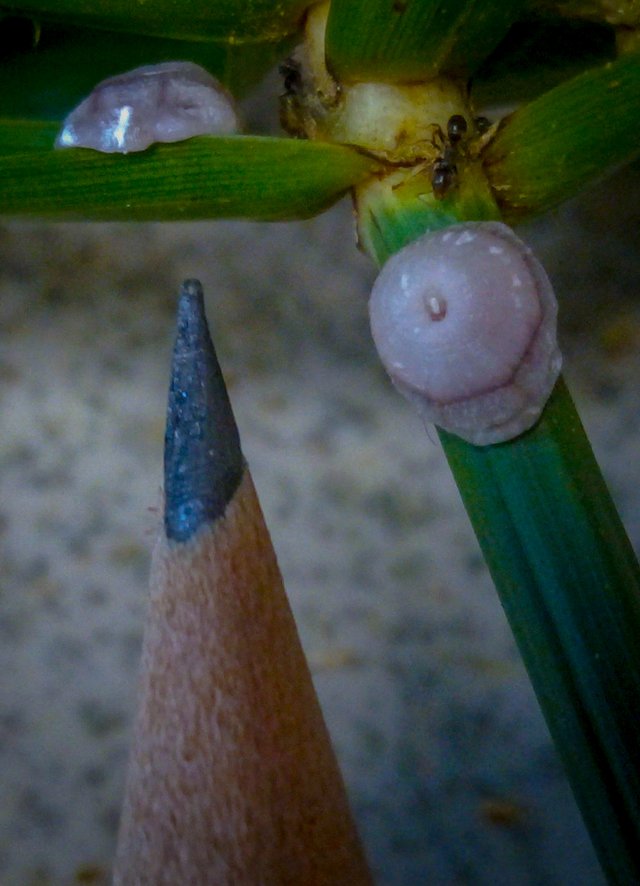
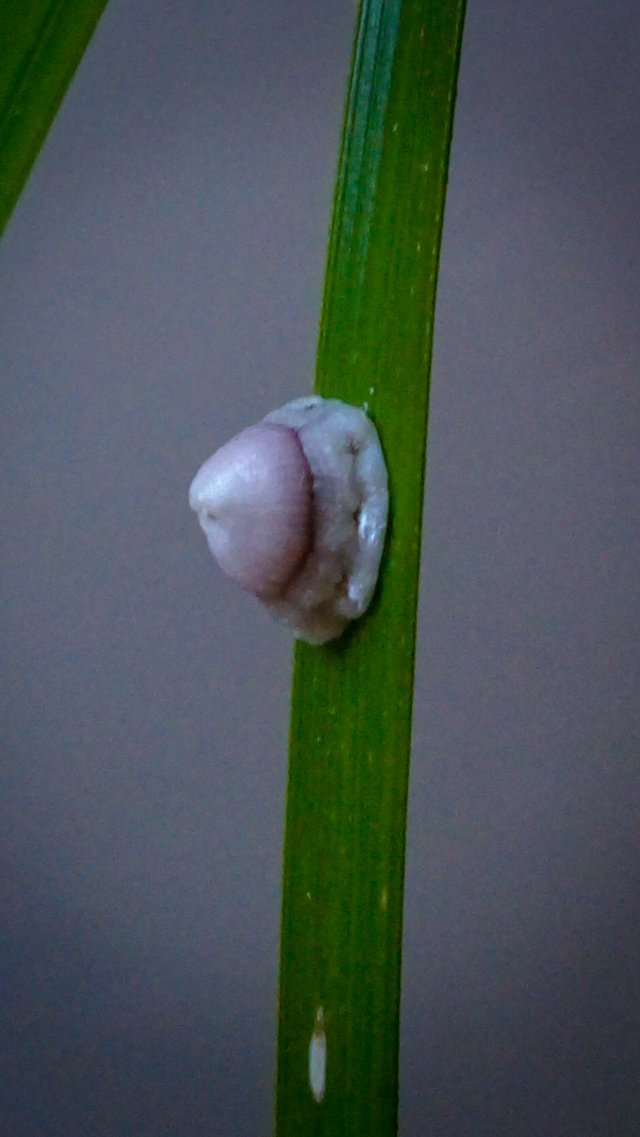
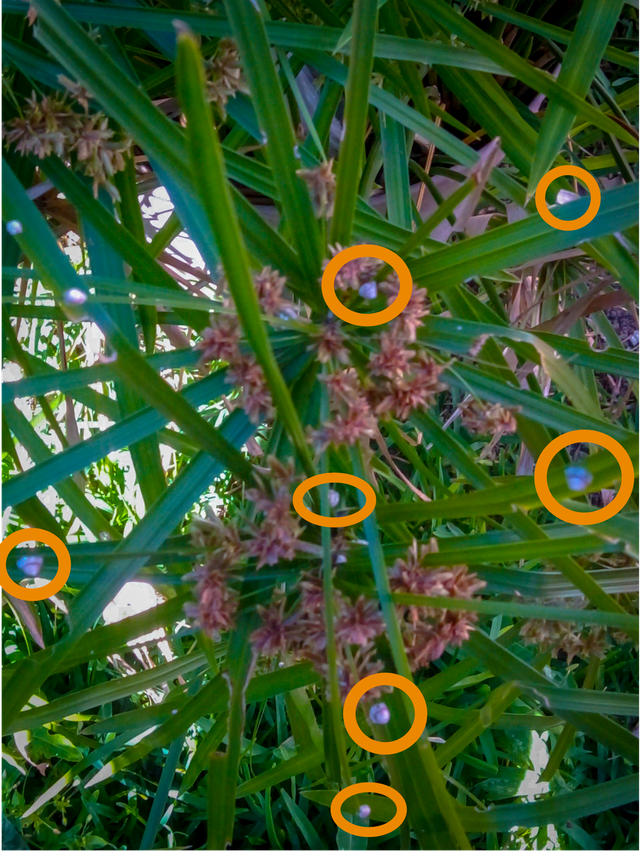
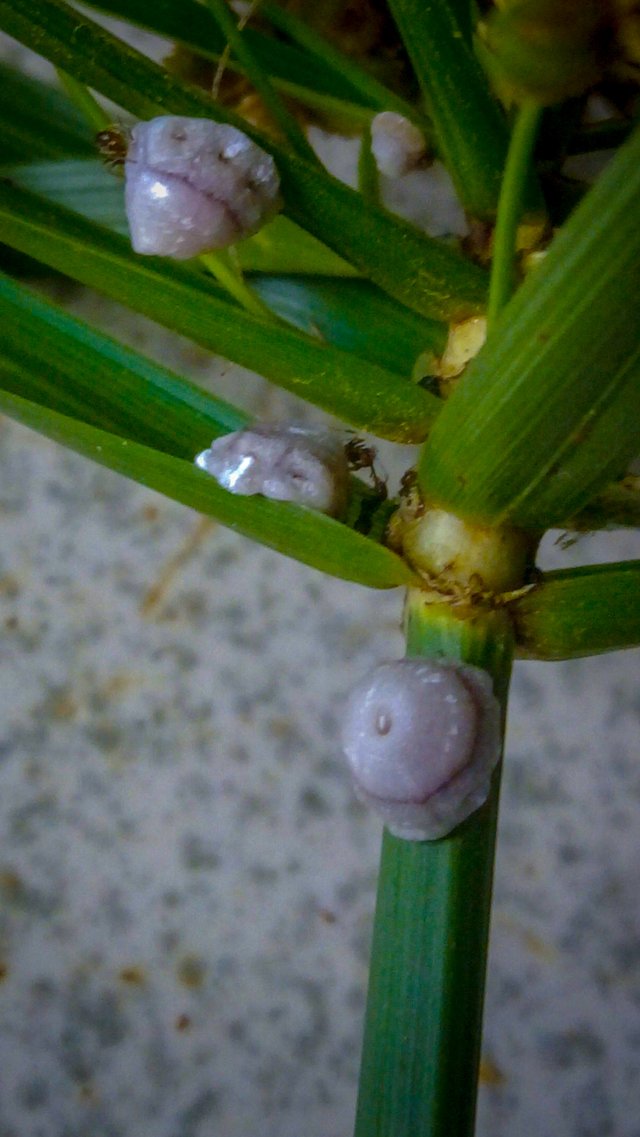
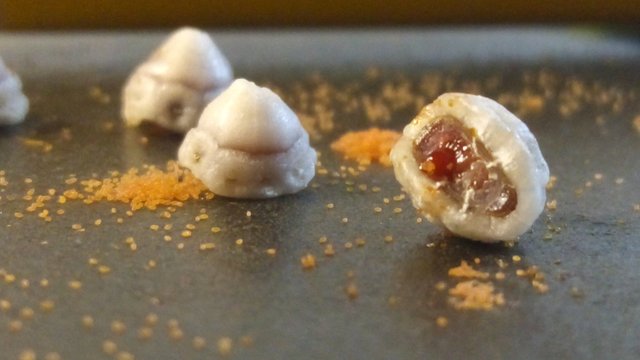
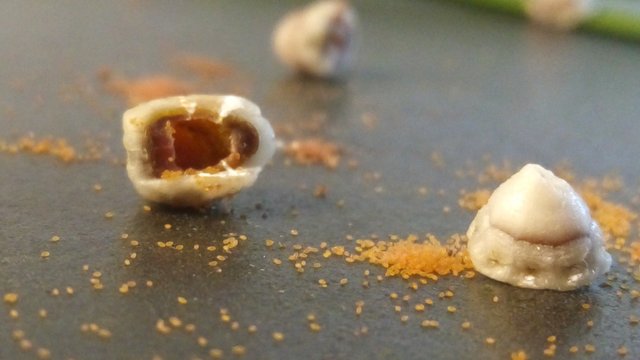
An interesting research of a wax mealybug.
0.00 SBD,
0.02 STEEM,
0.02 SP
Welcome. 🦗🦋🕷 Honorary entry.
I was completely unaware of the insect shared in your post, but I recognized it after reading your post and seeing the photographs. I really enjoyed your post and the descriptions in your post.